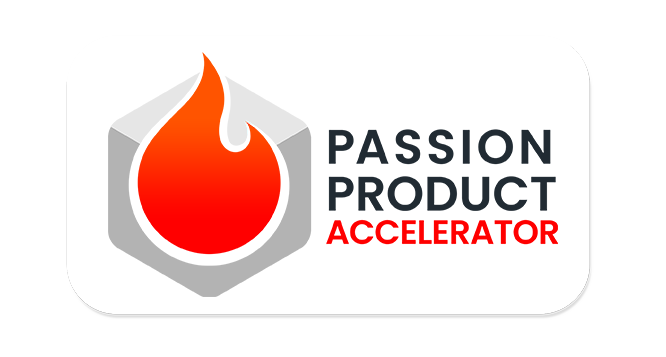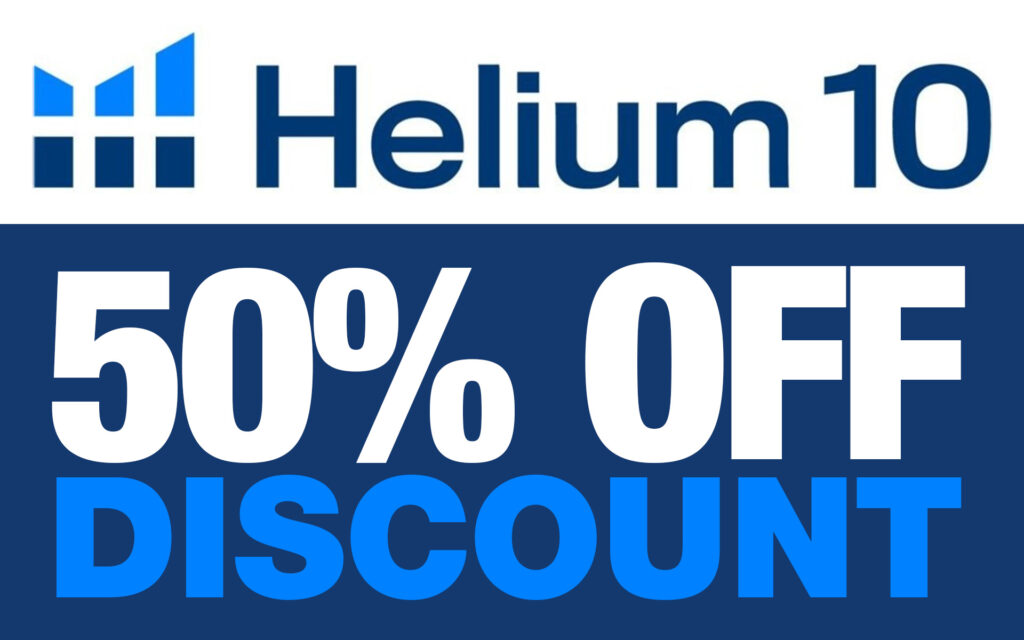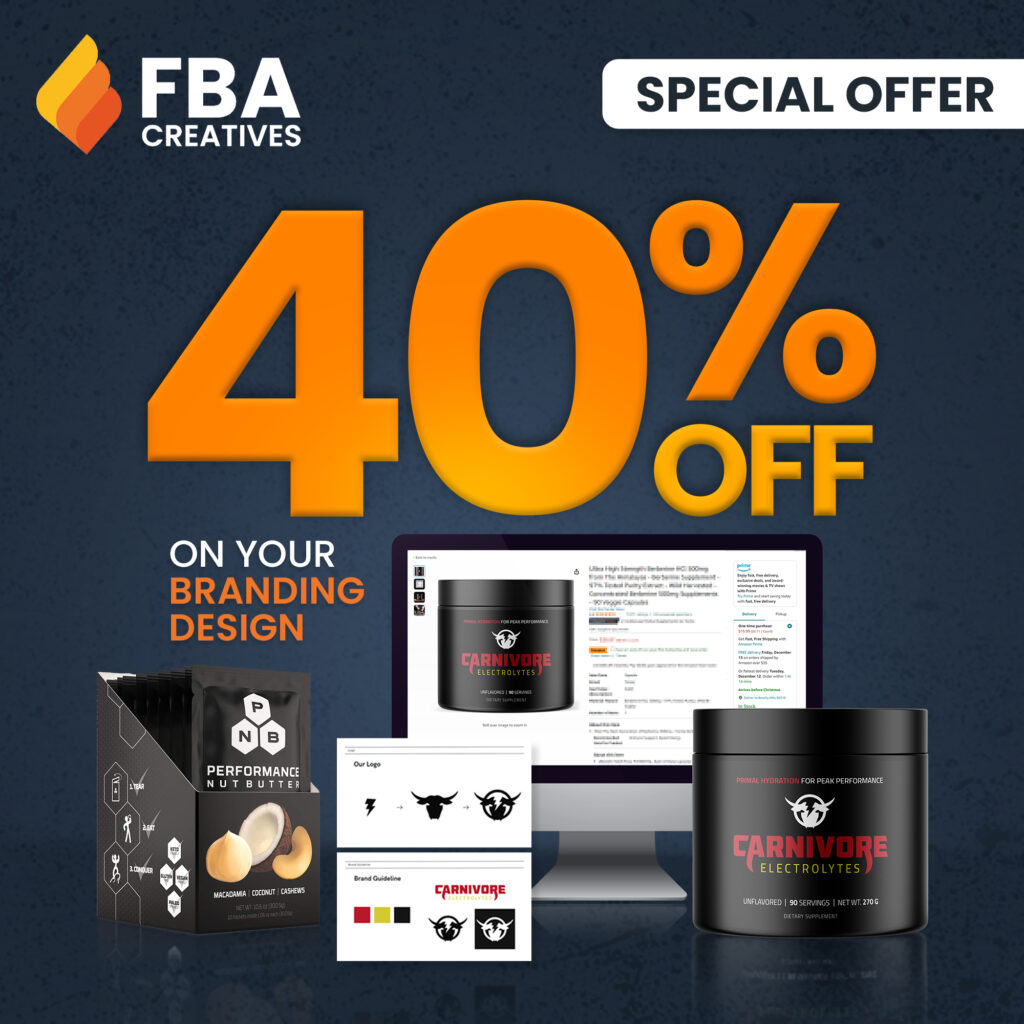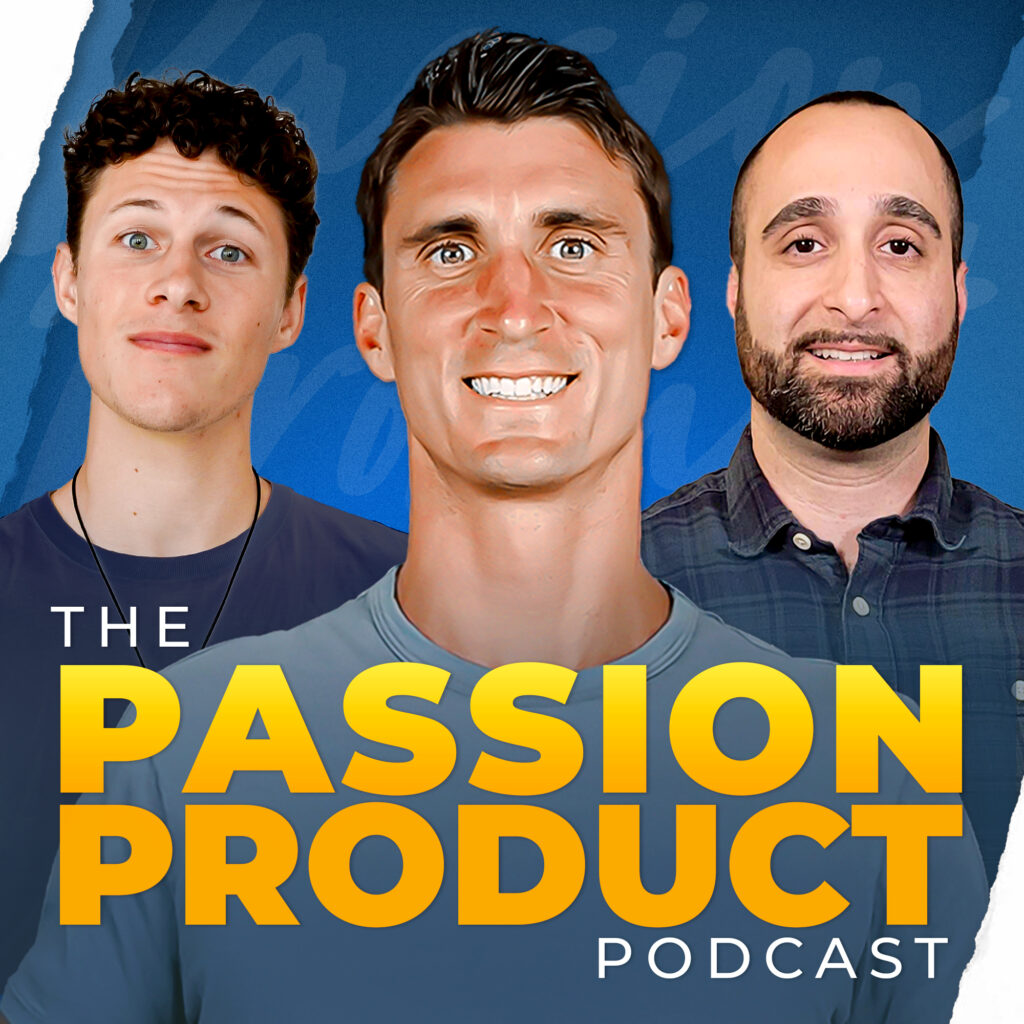Is Amazon FBA dead in 2025? With Temu stealing customers, Amazon Haul launching, rising fees, and market oversaturation, many believe it’s too late to start. However, the answer isn’t simply yes or no, it’s both, and understanding this crucial distinction will determine your success or failure. While 99% of new sellers struggle using outdated methods like wholesale and generic private labeling, a select few continue to thrive by following proven strategies. This isn’t fake guru hype promising overnight riches; instead, it’s unfiltered reality from Mindy B., who generated over $2.3 million in just five years with a single unique product called Potty Time Adventures.
Mindy’s journey wasn’t smooth sailing. Initially, after building a successful Amazon business, Amazon Basics copied her products and crushed her overnight, pushing her toward bankruptcy. Nevertheless, that devastating setback forced her to innovate and create something truly unique that nobody could copy, not even Amazon itself. Subsequently, taking her passion product onto Shark Tank brought massive credibility and sustainable growth that continues today. Throughout this article, you’ll discover her 15 years of experience, learn from harsh lessons, and find winning strategies that led to millions. Moreover, each major concern about selling on Amazon in 2025, including oversaturation, Temu, startup costs, fees, and Amazon Haul, gets rated on a scale from 1 to 10, ultimately helping you make an informed decision about whether your Amazon journey should begin now or never.
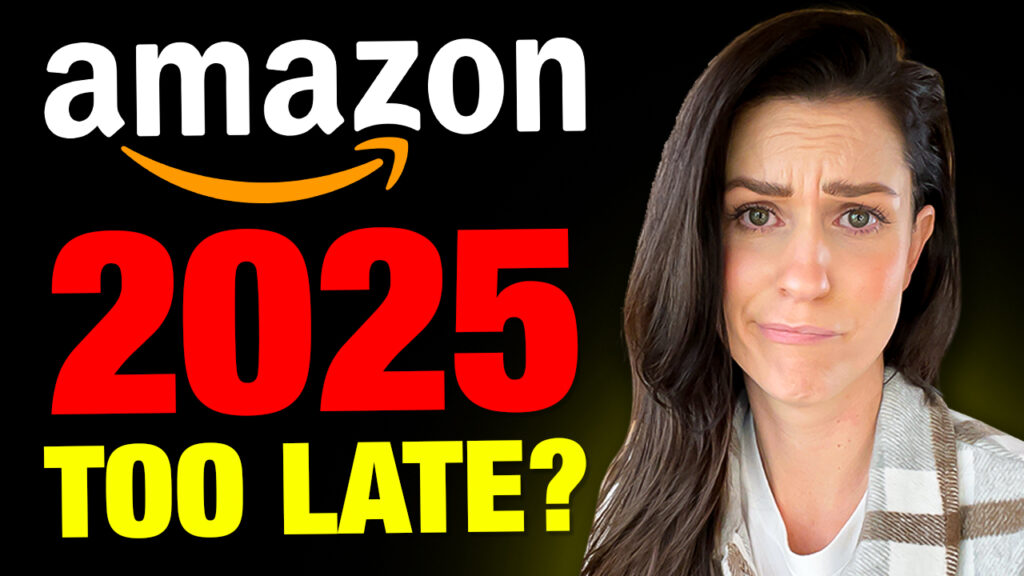
Understanding Amazon FBA: The Foundation

Amazon FBA, or Fulfilled By Amazon, revolutionizes the traditional e-commerce model. The platform handles all logistics for sellers. Once you send your products to Amazon’s warehouses, they take care of everything. They pick, pack, and ship every order to customers. This system transforms your business into a relatively passive income stream. Amazon handles the heavy lifting while exposing your products to nearly 1.4 billion monthly page views.
Despite these advantages, most sellers approach Amazon with outdated strategies. These tactics no longer work in 2025. Instead of understanding which selling methods thrive today, they follow advice from “gurus” promoting old tactics. Consequently, they struggle, lose money, and conclude that Amazon is dead. In reality, they simply chose the wrong approach.
The Five Ways to Sell on Amazon

Retail Arbitrage: The Outdated Method
Retail arbitrage involves hunting for discounted products at stores like Walmart. You then resell them on Amazon for a profit. For example, you might find dumbbells selling for $79 at Walmart.com. Those same dumbbells retail for $265 on Amazon. You pocket the difference. While this method requires minimal startup capital, it fails as a long-term strategy. It demands constant product hunting and prevents you from building truly passive income.
Moreover, retail arbitrage keeps you trapped in an endless cycle. You’re always searching for deals rather than building a sustainable brand. Although some sellers still make money this way, they’re creating a job for themselves. They’re not building a business. Consequently, this method scores poorly across most concern categories. It offers no path toward financial freedom.
Wholesale: The Competitive Nightmare
Wholesale selling involves purchasing products in bulk from sites like Global Sources. You then resell them on Amazon at retail prices. For instance, a laundry drying rack might cost $24 wholesale. That same rack sells for $97 on Amazon, creating an attractive profit margin on paper. However, this apparent opportunity comes with a fatal flaw. If you can easily find these products, thousands of other sellers can too.
As competition intensifies, sellers engage in price wars. These wars erode profit margins until the opportunity disappears entirely. Additionally, you’re building your business on products you don’t control. Suppliers can cut you off at any moment. Competitors can undercut your prices overnight. Therefore, wholesale selling in 2025 represents one of the riskiest approaches to Amazon.
Private Labeling: The Oversaturated Middle Ground
Private labeling transforms generic products from manufacturers into branded items. You add your logo and packaging. A baby teething toy selling for $1.35 on Alibaba can retail for much more on Amazon. When presented as a branded product, it commands higher prices. This method generated countless success stories in Amazon’s early days. Unfortunately, the market has become brutally competitive. Thousands of sellers adopted the same strategy.
Currently, private labeling suffers from a critical weakness. Unless you’re offering something genuinely unique, your listing gets lost. It disappears among hundreds of nearly identical products. Customers quickly realize they’re choosing between the same generic item. The only difference is the logo. This leads them to select based solely on price. As a result, private label sellers compete in races to the bottom. These races destroy profitability.
Niche Branding: The Smart Strategy
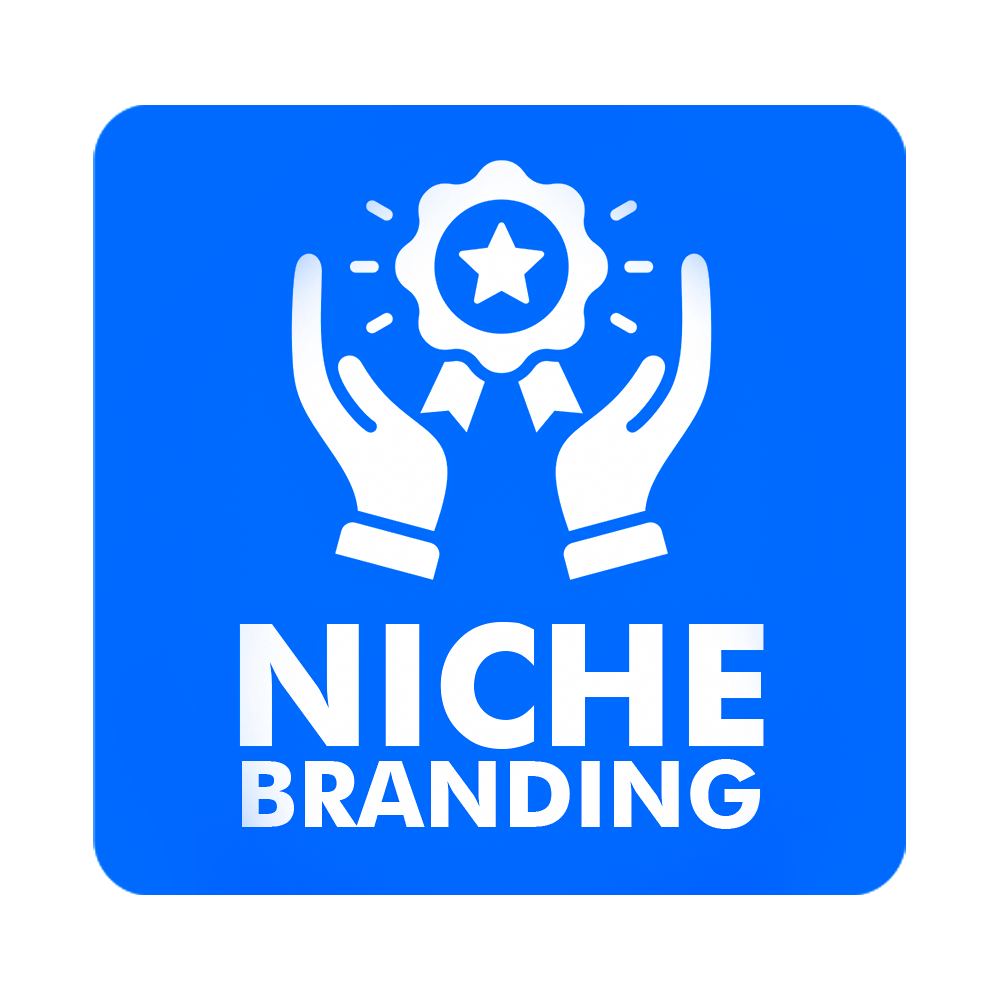
Niche branding elevates private labeling by targeting specific audiences. Instead of competing in oversaturated markets, you serve particular customer groups. Travis, for instance, noticed that people bought electrolyte powder. However, nobody offered a version specifically for carnivore diet followers. By creating a sugar-free, additive-free electrolyte powder for this audience, he generated over $100,000. This happened in just six months.
This strategy succeeds because it leverages Amazon’s search engine nature. You identify what people search for without finding satisfactory results. Instead of fighting thousands of competitors selling generic products, you dominate smaller markets. These markets are underserved. Consequently, sellers using this approach face significantly less competition. They command premium prices from customers who finally found exactly what they wanted.
Passion Products: The Winner for 2025
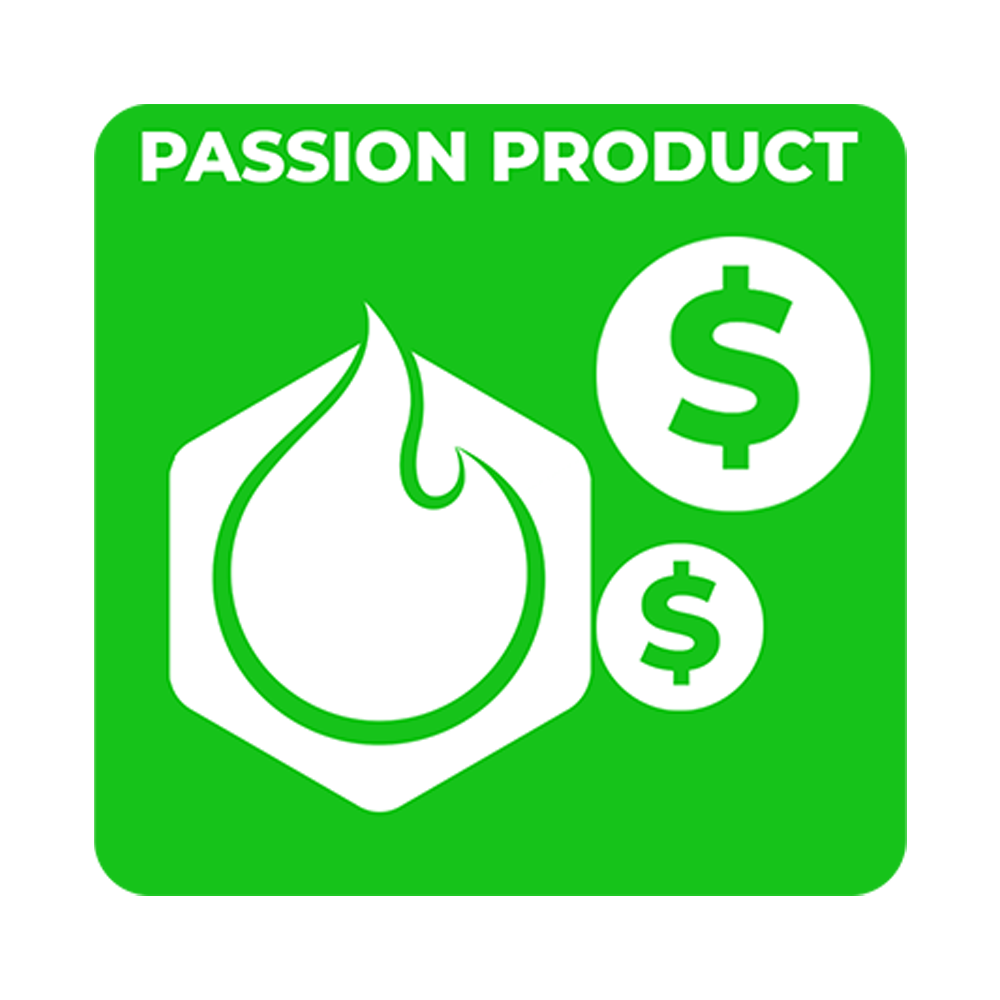
Passion products represent the pinnacle of Amazon selling. They offer completely unique, innovative solutions to real problems. Mindy’s Potty Time Adventures exemplifies this approach perfectly. She created an entirely new product that rewards children with hidden wood blocks. This happens when they use the bathroom. No existing product addressed this problem. This innovation generated $200,000 in her first year. It ultimately led to $2.3 million in sales over five years. This included a successful Shark Tank appearance.
Unlike every other selling method, passion products create unassailable competitive advantages. Nobody can replicate what you’ve invented. Furthermore, these products resonate deeply with customers. They recognize genuine innovation. They willingly pay premium prices for superior solutions. Therefore, passion products not only survive but thrive. They succeed despite concerns about oversaturation, fees, and competition. These same concerns devastate other selling methods.
The Five Major Concerns – Truth & Solutions

Concern #1: Oversaturation (Nearly 10 Million Sellers)
The Amazon marketplace hosts nearly 10 million registered sellers. Approximately 1 million actively sell in the United States. Understandably, these numbers intimidate aspiring entrepreneurs. They worry about competing against established sellers. They see TikTok millionaires flaunting Lamborghinis and mansions. However, the reality differs dramatically from these flashy social media narratives. Building a successful Amazon business requires substantial work. It demands strategic thinking. Most importantly, it requires choosing the right selling method.
Your concern level about oversaturation depends entirely on your chosen approach. Wholesale sellers face a 10 out of 10 concern. They compete directly with countless others selling identical products. This makes profitability nearly impossible. Similarly, private label sellers encounter a 10 out of 10 concern. Unless they offer genuinely unique solutions, customers see through superficial branding. Conversely, niche branding and passion products rate only 3 out of 10. Uniqueness eliminates most competition. Mindy’s Potty Time Adventures proves this point perfectly. Despite 12 million products on Amazon, her unique solution stands out. It attracts customers and generates consistent sales. Nobody else offers anything similar.
Concern #2: Temu (The Chinese Giant)
Temu emerged as a formidable threat to Amazon sellers. The platform attracted 167 million customers in 2024 through extremely low prices. It achieved these prices by shipping products directly from Chinese manufacturers. Temu exploited the de minimis exemption. This allowed items under $800 to avoid tariffs. Naturally, this competitive advantage diverted customers from Amazon. Sellers worried about their businesses’ viability. Shoppers increasingly chose cheaper alternatives.
Fortunately, three massive regulatory changes in 2025 have dramatically reduced Temu’s threat. First, authorities closed the de minimis loophole. Chinese manufacturers now pay tariffs like everyone else. Second, Temu sellers must now specify 10-digit tariff classification numbers. This ensures proper tax collection. Third, some US customers must provide social security numbers to receive items. This creates significant friction in the buying process. For wholesale and private label sellers offering generic products, Temu still rates an 8 out of 10 concern. Those products compete directly on price. However, niche branding and passion products rate only 2 out of 10. Temu cannot replicate unique, innovative solutions.
Concern #3: Startup Costs (The Investment Required)

Many aspiring sellers abandon their Amazon dreams before starting. They assume launching requires tens of thousands of dollars they don’t have. While retail arbitrage demands minimal investment, wholesale and private label sellers face different challenges. These traditional methods typically require significant capital for inventory purchases. This leaves many entrepreneurs on the sidelines. Their concern level sits at 6-7 out of 10 regarding startup costs.
Remarkably, niche branding and passion products rate only 3 out of 10 for startup cost concerns. Creative funding strategies eliminate traditional barriers. AJ, a student of the Passion Product Formula course, launched his Amazon business with zero dollars. He used crowdfunding platforms like Kickstarter and Indiegogo to pre-sell his products, raised over $100,000 from customers who believed in his vision. He then used that money to manufacture and launch his business. Similarly, Nenah started with just $1,500. She now generates over $100,000 monthly in sales. While Mindy invested $55,000 to create Potty Time Adventures, her example represents the high end. It’s not the requirement.
Concern #4: Amazon Fees (The Profit Eater?)
Amazon’s fee structure intimidates new sellers. They worry about surrendering too much profit to the platform. The standard selling fee equals 15% of your product price. However, the Brand Referral Program can reduce this to as low as 5%. Additionally, FBA pick and pack fees cover Amazon’s warehousing and fulfillment services. Mindy’s first-year costs illustrate these expenses clearly. She spent $38,000 on product costs, $28,000 in selling fees and invested $48,000 in FBA fees.
Despite these substantial fees, the value proposition remains compelling. Amazon eliminates the time and expense of handling logistics yourself. For private label sellers offering low-cost products, fees represent a 7 out of 10 concern. Slim profit margins leave little room for error. Retail arbitrage faces an even worse 10 out of 10 concern. Fee increases directly impact which products remain profitable. However, premium passion products rate only 2 out of 10 for fee concerns. Higher profit margins easily absorb Amazon’s costs. Customers buying premium products demonstrate less price sensitivity. Building your business around unique, high-value products transforms fees. They change from profit-killers into reasonable costs of doing business.
Concern #5: Amazon Haul (The Temu Killer That Could Kill You)
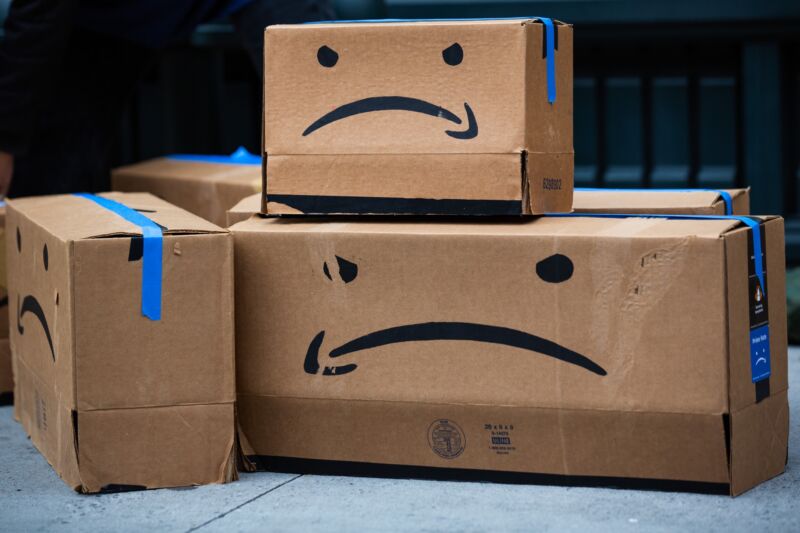
Amazon quietly launched Amazon Haul in November 2024. Many sellers consider this their worst nightmare. It’s a low-cost storefront operating exactly like Temu. However, it’s backed by Amazon’s trusted brand and Prime delivery. This platform ships cheap products directly from China. It leverages Amazon’s reputation for reliability and fast shipping. Unlike Temu, Haul doesn’t require customers to take a leap of faith. It offers bargain hunters the comfort of Amazon’s ecosystem. This could devastate sellers who compete primarily on price.
Wholesale sellers face a 10 out of 10 concern from Haul. Customers can buy identical products cheaper with faster delivery. Private label sellers also confront a 10 out of 10 concern. This applies unless they’ve built strong brands solving unique problems. Interestingly, retail arbitrage rates only 2 out of 10. These sellers offer authentic US brands that Haul doesn’t carry. Most surprisingly, passion products rate just 1 out of 10 for Haul concerns. No factory in China manufactures your unique invention. Mindy actually experienced increased sales after Haul launched. The platform drove more browsing traffic to Amazon. Shoppers discovering her unique product bought it. No cheap knockoff existed.
The Verdict: Should You Start Selling on Amazon in 2025?

Adding up all concern scores reveals a clear winner and definitive losers. Private label and wholesale methods accumulate dangerously high concern scores. They struggle with oversaturation, Temu, fees, and Haul. This makes them inadvisable for 2025. Retail arbitrage survives as a possible but suboptimal approach. It creates a job rather than a business. Meanwhile, niche branding emerges as a strong opportunity. Passion products dominate as the best approach for building sustainable, profitable Amazon businesses.
Passion products win because they solve the fundamental problem plaguing other methods. They cannot be undercut, copied, or made obsolete by competitors. When you create something genuinely unique, you build protection. You’re solving a problem people actively search for. This creates a competitive moat protecting your business from every threat. Amazon functions as a search engine where customers type exactly what they want. If you’ve identified what people search for without finding results, you’ve discovered gold. Tools like Helium 10 help identify these opportunities. Courses like the Passion Product Formula teach you how to transform insights into profitable products.
How to Get Started the Right Way in Amazon
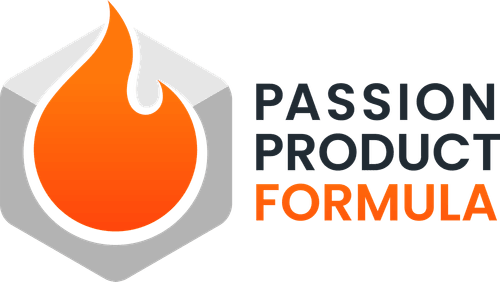
Launching your Amazon business properly requires education, strategy, and support. The Passion Product Formula course provides exactly this combination. It offers over 100 detailed tutorials covering every aspect. These cover creating and launching unique products. Additionally, the course includes two one-on-one coaching sessions. Experienced sellers help you overcome specific challenges. Plus, weekly live Q&A sessions let you ask questions. You learn from other students’ experiences.
Beyond the course, essential tools streamline your journey toward success. Helium 10 offers powerful product research capabilities. It reveals what customers search for without finding satisfactory solutions. Travis provides exclusive discount pricing for course members. Furthermore, Amazon’s Brand Referral Program reduces fees for qualifying products. This improves your profit margins substantially. If you’re not ready to invest in the complete course, Travis offers something else. He provides a completely free 10-hour Amazon FBA course. This covers fundamental concepts and strategies. Join the Passion Product Formula waitlist today to secure your spot.
Amazon Success Is Still Possible in 2025

The Amazon landscape has undeniably transformed since the platform’s early days. Back then, any seller could slap a logo on generic products and print money. Nevertheless, opportunity hasn’t disappeared. It has simply evolved. Today’s Amazon rewards innovation, creativity, and strategic thinking. It no longer rewards lazy arbitrage and copycat products. Traditional methods continue dying. Oversaturation, competition, and platforms like Temu and Haul squeeze profit margins to nothing. Simultaneously, new opportunities emerge for entrepreneurs willing to solve real problems. They must offer unique solutions rather than recycling existing products.
Mindy’s journey demonstrates the power of innovation and persistence. She faced near-bankruptcy after Amazon Basics copied her products. She then created Potty Time Adventures. Her $2.3 million in sales over five years proves the right approach still works. Her Shark Tank appearance and continued growth validate this. Success in 2025 requires understanding an important truth. You’re not too late to build an Amazon business. You’re simply too smart to follow outdated methods that no longer work. Start by identifying problems you’re passionate about solving. Then use resources like the Passion Product Formula to transform your ideas into profitable reality.
Frequently Asked Questions
How much money do I realistically need to start selling on Amazon in 2025?
Startup costs vary dramatically based on your chosen selling method and funding strategy. Retail arbitrage requires minimal investment since you’re flipping discounted products. Traditional private label approaches might need $5,000-$10,000 or more for inventory. However, crowdfunding through platforms like Kickstarter and Indiegogo allows you to start with zero dollars. You pre-sell your product before manufacturing. Students of the Passion Product Formula have launched successful businesses with as little as $1,500. Others raised over $100,000 through crowdfunding. Therefore, your required investment depends more on your strategy and creativity than any fixed amount.
What’s the difference between niche branding and passion products?
Niche branding takes existing products already selling on Amazon and modifies them to target specific audiences. For example, creating an electrolyte powder specifically for carnivore diet followers represents niche branding. Electrolyte powders already exist. You’re just serving an underserved niche. Conversely, passion products involve inventing entirely new solutions to problems. Existing products don’t address these problems. Potty Time Adventures exemplifies a passion product. Nothing similar existed before Mindy created it. Both strategies work well in 2025. However, passion products typically offer stronger competitive protection.
Will Amazon Haul really destroy my business if I’m selling private label products?
Amazon Haul poses a serious threat to private label sellers offering generic products with minimal differentiation. If customers can buy essentially the same product cheaper through Haul with Prime delivery, they’ll make that choice. They won’t hesitate. However, if your private label product genuinely solves unique problems, you’ll likely survive. If it serves specific niches that Haul’s generic Chinese products cannot address, you may even benefit. You could gain from increased browsing traffic. The key question is whether your product offers real value. Does it go beyond just having your logo on generic items?
How long does it typically take to become profitable selling on Amazon?
Profitability timelines vary based on numerous factors. Your product choice matters. So does your marketing strategy. Your initial investment plays a role. Whether you’re using crowdfunding affects timing too. Some sellers generate profits within their first few months. Others take 6-12 months to recover initial investments and reach profitability. Mindy made $200,000 in her first year with Potty Time Adventures. This demonstrates that unique products can achieve profitability quickly. Generally, passion products and niche branded items reach profitability faster. This happens because higher margins provide more room for experimentation and growth.
Can I still succeed on Amazon without taking a course or buying expensive training?
While you can learn Amazon FBA through free resources, trial and error, and YouTube videos, comprehensive courses dramatically accelerate your success. They help you avoid costly mistakes. Many sellers waste thousands of dollars and months of time. They learn lessons that proper training would have prevented. Free resources provide foundational knowledge. However, courses offer structured paths and proven strategies. They provide community support and direct coaching that self-teaching cannot replicate. Travis offers a free 10-hour Amazon FBA course. This helps those wanting to explore the basics before investing in comprehensive training.
Is Temu still a threat to Amazon sellers in 2025 given the recent regulatory changes?
Temu remains a concern for sellers offering generic, price-driven products. They’ll always find ways to compete on cost. They sell directly from manufacturers. However, the 2025 regulatory changes significantly reduced Temu’s competitive advantage. Authorities closed the de minimis loophole. They now require tariff classifications. They potentially demand social security numbers. For sellers offering unique products, niche branded items, or premium solutions, Temu poses minimal threat. Their customers aren’t shopping based purely on price. Focus on creating value that cannot be commoditized. When you do this, Temu becomes largely irrelevant to your business success.



